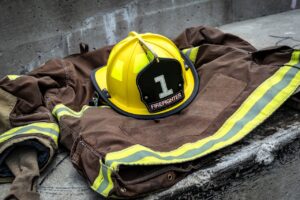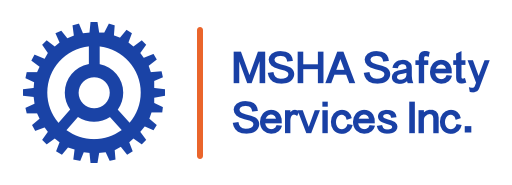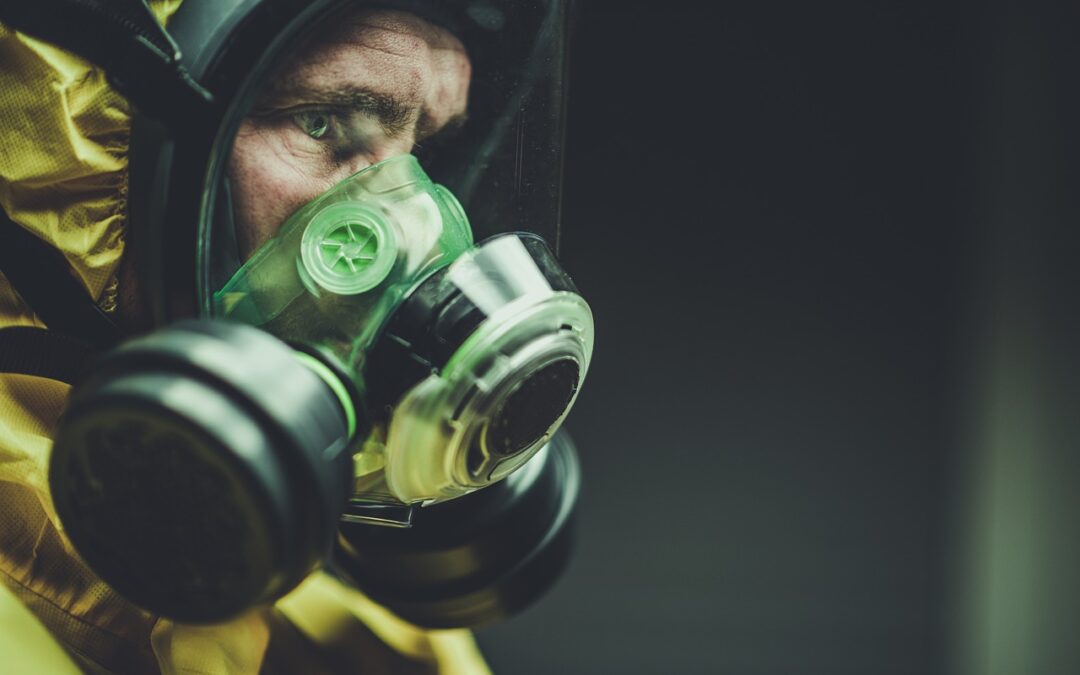Mining is a tough and dangerous job, and the safety of miners is something that can never be taken for granted. One of the most effective ways to prevent accidents in the mine is through proper training. Miner training is more than just a requirement — it’s a key part of ensuring that workers know how to handle the risks they face every day. The Mine Safety and Health Administration (MSHA) plays a key role in guiding these training programs, setting standards, and investigating accidents to help prevent them in the future. In this article, we’ll dive into why miner training is so important, how MSHA’s guidelines shape these programs, and what steps can be taken to keep miners safe and reduce the likelihood of accidents on the job.
Why Miner Training is Crucial for Accident Prevention
Mining remains one of the most hazardous industries, and proper training is the foundation of accident prevention. When workers understand the risks and know how to properly respond, the chances of injury or fatality decrease dramatically. Miner training, a key element in preventing accidents, isn’t just a regulatory checkbox—it’s a life-saving measure that reinforces safe behaviors, improves hazard awareness, and empowers miners to make informed decisions.
How MSHA Guidelines Shape Miner Training Programs
The Mine Safety and Health Administration (MSHA) sets the standards for mine safety. MSHA Part 46 and Part 48 regulations require site-specific training for surface and underground miners, respectively. These rules ensure that every miner training program covers:
- Hazard recognition and avoidance
- Emergency procedures
- Use of personal protective equipment (PPE)
- First aid and rescue techniques
By aligning training programs with MSHA guidelines, mine operators ensure both compliance and worker protection. For companies looking to meet these requirements efficiently, MSHA Safety Services offers a range of certified online and in-person courses tailored to Part 46 and Part 48 standards, making it easier to keep crews trained, safe, and ready for the job.
Implementing a Comprehensive Safety Training Program
A strong training program starts with a clear plan. This includes:
- Orientation for new miners
- Task-specific training
- Annual refresher courses
- Job safety analysis (JSA)
Effective miner training is hands-on, scenario-based, and tailored to the actual risks of the mine site. Incorporating multimedia tools and real-life case studies makes learning more engaging and impactful.
Utilizing Simulation-Based Training for Hazard Recognition
Modern training methods, such as virtual reality (VR) and augmented reality (AR), offer safe environments to learn high-risk tasks. Simulation-based training helps miners:
- Recognize subtle signs of hazards
- Practice response to emergencies
- Gain experience without real-world risk
These tools enhance retention and prepare miners to act confidently when it matters most.
Highlighting the Importance of Personal Protective Equipment (PPE) Training
PPE is only effective when miners know how to use it properly. Training should cover:
- Proper selection and fit
- Inspection and maintenance
- When and how to replace damaged gear
Through regular PPE training, workers understand that protection starts with the right equipment and responsible usage.
Developing Emergency Response Plans and Drills
Emergencies don’t come with a warning. That’s why training miners on emergency response procedures is critical. Training should include:
- Site-specific evacuation routes
- Use of escapeway maps
- Communication with rescue teams
Practice drills make emergency responses second nature and significantly improve survival rates in crisis situations.
Ensuring Continuous Training and Refresher Courses
Safety training shouldn’t be a one-and-done event. MSHA mandates annual refresher training, and successful mine operators go even further. Ongoing training ensures:
- New hazards are addressed
- Lessons from recent incidents are shared
- Skills are reinforced and improved
Regular updates keep miner training relevant and effective.
Integrating Feedback from Incidents into Training Programs
Every incident offers a chance to learn. Post-incident reviews should feed directly into training content, answering:
- What went wrong?
- What could have been done differently?
- How can future incidents be prevented?
By treating each event as a teaching tool, training becomes more grounded and practical.
Using MSHA Investigation Findings to Improve Training
MSHA publishes investigation reports following serious incidents. These reports:
- Identify root causes
- Highlight training gaps
- Recommend corrective actions
Incorporating these findings into your miner training curriculum turns industry-wide lessons into local prevention strategies.
Evaluating Training Effectiveness Through Metrics
To improve, you must measure. Consider tracking:
- Incident rates before and after training
- Quiz and test results
- Drill performance scores
- Worker feedback and engagement
Metrics show what’s working and where improvements are needed. They help mine managers make data-informed decisions.

Leveraging Technology to Enhance Safety Training
Digital tools make training more accessible and effective. Options include:
- Learning management systems (LMS) to deliver and track training
- Mobile apps for on-the-go refreshers
- Interactive video modules
Technology supports a more flexible and responsive training program that meets the needs of all learning styles.
Prioritizing Training for Long-Term Accident Prevention
Ultimately, miner training is about building a sustainable safety culture. When training is prioritized, continuously improved, and embraced by every level of the organization, it becomes the backbone of accident prevention.
Investing in training today is investing in a safer, more productive tomorrow.

